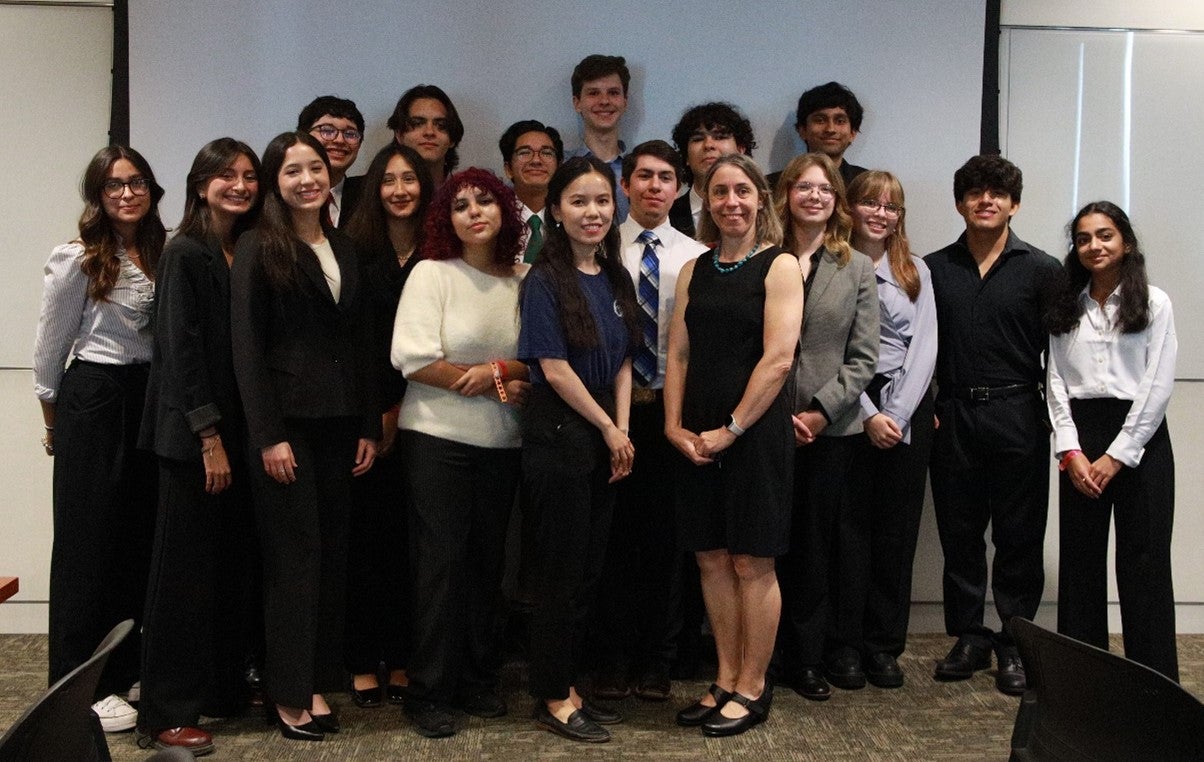Each year, high school students from the Science Academy of South Texas take part in the summer academy organized by the Rice Synthetic Biology Institute. This program offers students the opportunity to engage in collaborative research. This year, the Biomaterials Lab introduced students to the fields of biomaterials, 3D printing, and bioprinting. The activities featured a series of lectures, hands-on exercises, and an engineering project.

Students from this academy are interested in pursuing biomedical research or careers in medicine. Therefore, the summer academy provided them with a comprehensive understanding of biomedical research. At the Biomaterials Lab, we support biomedical and biomaterial research with state-of-the-art equipment. The students were introduced to biomaterials, 3D printing, bioprinting, various 3D printing techniques, applications of these fabrication methods in tissue engineering and healthcare, and the characterization of biomaterials. They toured the Biomaterials Lab to learn about the advanced equipment and how it is advancing biomaterial research.

The students had the opportunity to learn about and use a Digital Light Processing 3D printer (LumenX) and a desktop scanning electron microscope (SEM). After understanding the basic principles, they were trained on the equipment. The students fabricated a biocompatible device using the 3D printer and later analyzed several samples using the desktop SEM. They were enthusiastic about learning, using, and experiencing the state-of-the-art equipment.
For the final engineering project, the students were tasked with assembling a 3D-printed prosthetic device. They worked on E-nable, an open-source 3D-printed prosthetic hand that can be printed and assembled. All the necessary parts were 3D printed using the Fortus 450 3D printer at the Biomaterials Lab. This activity enhanced the students' teamwork, coordination, and hands-on skills with simple tools. They thoroughly enjoyed assembling the prosthetic hand and were excited to see it in action.

At the end of the summer camp, all students presented their research, which was judged by a panel. The three best presentations were selected based on visual representation, communication skills, and the ability to answer questions.

